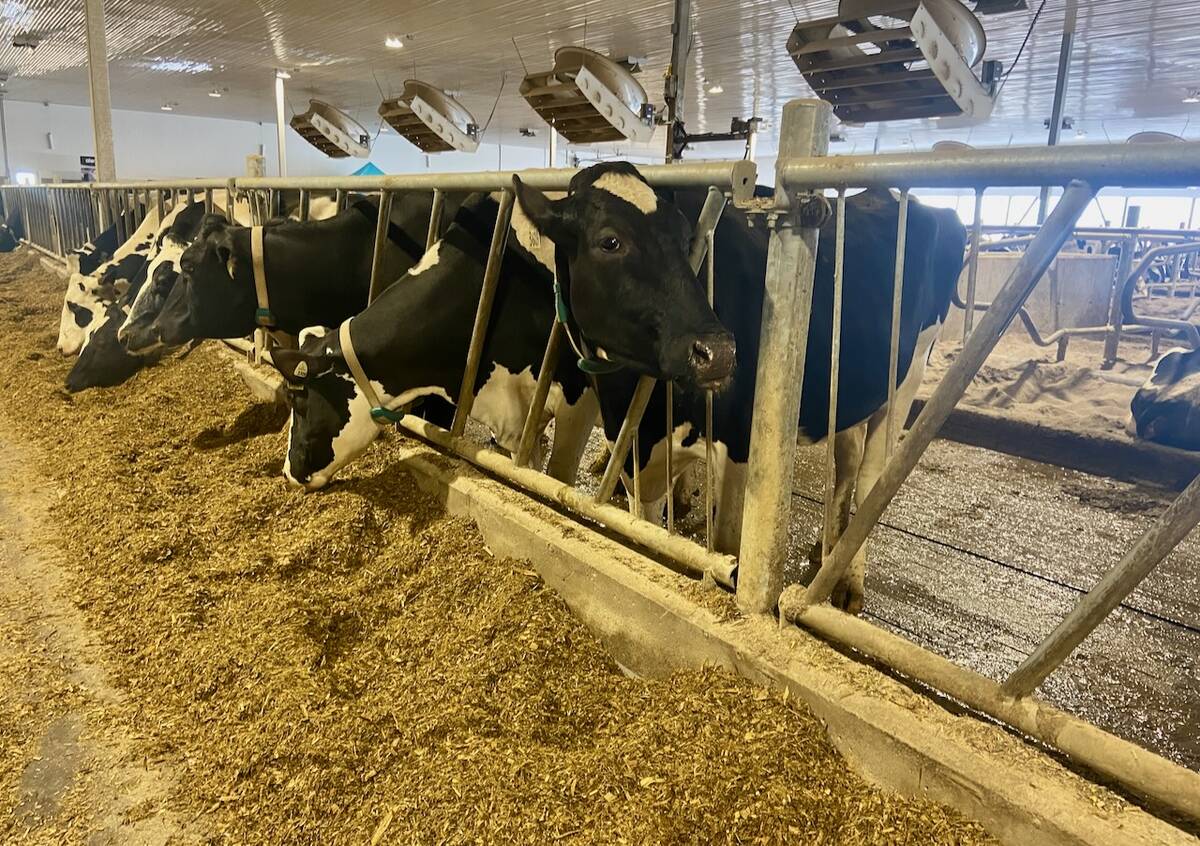RED DEER Alta. – When it comes to selling pork worldwide, Canada can’t afford to rest on its laurels.
The promise of more open markets following the 1994 signing of the General Agreement on Tariffs and Trade means competitors can move into Canada, as well as move into some of Canada’s overseas markets.
Canada is the third largest exporter of pork in the world behind Taiwan and the European Union.
“Every pork producer in the world is our competition,” said Gary Shaw, chair of the Alberta Pork Producers Development Corporation.
Read Also

U.S. farm group supports supply management
U.S. grassroots farm advocacy group pushing new agriculture legislation that would move towards supply management like Canada has for dairy industry
The United States now imports, mostly from Canada, about 100,000 tonnes annually. That trend could suddenly reverse with the U.S. companies heading north with American pork produced by completely integrated hog corporations.
These companies control what happens in the barns and the slaughterhouses. They also market their own labeled products. Integrated companies like Tyson Foods have already successfully done this in the poultry market. Two years ago, the company entered the pork industry.
“We’re going to come under increased pressure in the U.S. market as their production expands,” said Ab Barrie, director of trade in Asia for the Alberta government.
Not only must Canada watch its own backdoor, it could lose some of its traditional customers like Japan where demand is constant but domestic production is dropping as farmland is lost to urbanization.
Large competitors taking over the market can force prices down for hogs, said Shaw at the Alberta Pork Congress.
He attributes the drastic fall in hog prices directly to the massive production in the U.S., where not only are numbers increasing, but better genetics in breeding stock are improving American pork quality. High quality, lean pork has been Canada’s main selling point.
Companies like Smithfield Foods of Virginia control 360,000 sows and one of their packing plants can process 16,000 hogs daily on a single shift, said Don Sim of Fletcher’s Fine Foods in Red Deer.
And the company has allied with a major Japanese food company, said Sim.
“For those in the processing industry in Canada, anyone who believes in the status quo is operating in the wrong program,” said Sim.
The Japanese like integrated corporations because these mega companies maintain quality control from the sow to the store.
This doesn’t mean Canada is shut out, but such actions should end the assumption that the Japanese market is there for the taking, said Barrie.
Canada is Japan’s fourth largest source of pork.
In addition, Canadian exports to Japan slipped because the Japanese invested heavily in Taiwanese hog operations.
Overall, Japan imported 200,000 tonnes of boneless cuts which is the equivalent of 7.3 million hogs, said Sim. Alberta supplied about 5,000 tonnes in 1994, he said.
By the year 2000, Japan will produce about half the pork it requires and may be forced to import one million tonnes, equivalent to 14.5 million hogs.
Exporters must also be aware that the Japanese are very particular about what they buy, preferring uniform carcasses with red meat.
They like a 32-centimetre loin eye and uniformity, preferring loin cuts above all else, said Sim.















